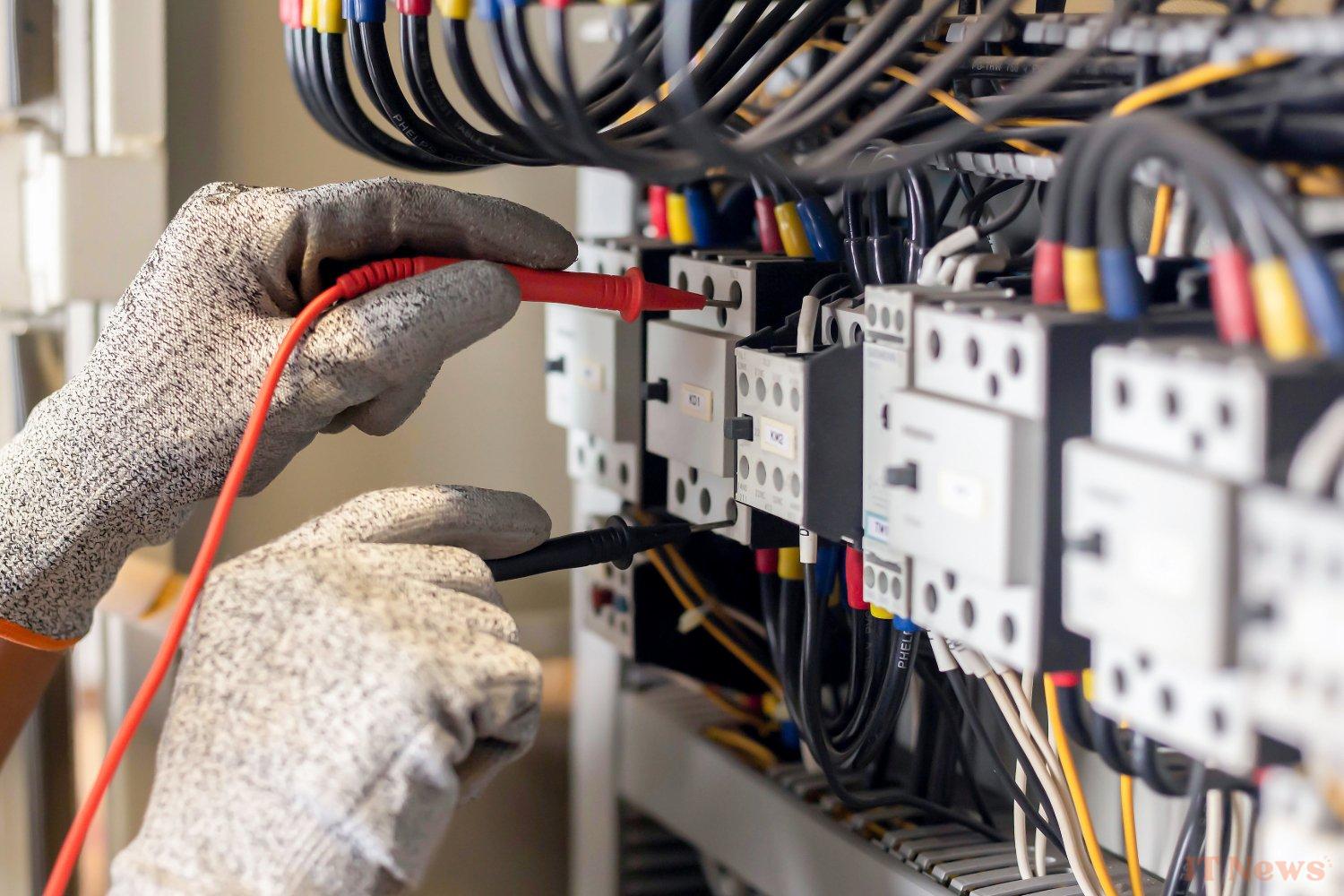What is the C15-100 standard?
The C15-100 standard is a French standard (NF) that concerns low-voltage electrical installations. Guardian of your electrical safety, the standard defines every aspect of an installation, from its design to its maintenance. Applicable to both new and renovated equipment, it guarantees not only optimal protection for occupants, but also the long-term reliability of any low-voltage installation. This involves provisions on a multitude of elements, such as lighting, electrical outlets, electric heating, and charging stations.
The C15-100 standard is actually a set of standards, divided into subsets dealing with general provisions, specific rules, energy efficiency, and residential premises. The complete standard can be purchased in PDF format on the AFNOR website. Here are some examples of what has changed since the recent update.
Type F Circuit Breaker
Standard C15-100-10 addresses the requirements for residual current devices (RCDs) in residential premises. It specifies the number and type of circuit breakers required. From now on, the type F RCD is required. This provides additional safety against nuisance triggering, particularly for devices that are most sensitive to micro-cuts.
Firefighting: Wiring and Arc Detectors
To improve fire prevention, the standard incorporates the reaction to fire classification called “Euroclass” for insulated conductors and cables. Cables used in the new construction of ERP (public buildings) and IGH (high-rise buildings) will be subject to stricter regulations and must guarantee a better reaction to fire in the event of a fire. RV2 cables, widely used in this type of construction, will no longer be able to be used.
At the residential level, the 15C-100 standard recommends the use of arc fault protection devices (DPDA). These devices are used to protect socket circuits from potential fires caused by electric arcs. By instantly detecting electrical arcs caused by damaged cords or plugs, these devices automatically isolate the risk zone of your installation. This response provides essential protection against electrical fires.
A change regarding surge protectors
With the new version of the C15-100 standard, the lightning risk assessment to decide whether or not a surge protector is mandatory is no longer done using a map, but rather a calculated risk level. In practice, many more installations will have to comply with the standard and install a surge protector. In residential applications, a secondary surge protector is now recommended for a distance greater than 10 meters from the main surge protector, compared to 30 meters previously. Surge protection is mandatory on copper communication networks.
Electric vehicles are also affected
In the context of Electric Vehicle Charging Installations or Plug-in Hybrid Vehicles (IRVE) in both residential and tertiary sectors, the C15-100 standard now requires the following elements:
- A residual current device (RCD) on a circuit dedicated to the electric vehicle charging infrastructure (Type A or F differential in single-phase, Type B differential in three-phase).
- Shutters for socket bases and attached cords with plugs up to 32 A (and recommended for fast charging)
- The sizing of cables and protections according to the characteristic values indicated on the terminal
These elements improve user safety when charging their electric vehicle, while ensuring a more efficient installation.
Energy efficiency at Heart of the new standard
This update includes an essential element of the standard that did not exist in its previous version: the concept of energy efficiency, formalized in a new section C15-100-8. Whether for commercial or residential buildings, it paves the way towards more responsible and better controlled electricity consumption.
The new regulations align with European and international standards and propose a true energy optimization strategy. Its objective? To maximize the use of each kilowatt-hour, whether it comes from the public grid or local production. It is based on three main pillars:
Avoid waste
The standard targets the main sources of energy loss: from electrical disturbances (harmonics) to losses in transformers. Each point of loss is identified and addressed for a more efficient installation.
Consume at the right time
The energy efficiency of your installation is revealed in its ability to orchestrate consumption. Thanks to automated equipment control, energy can be used when it is most relevant – and often least expensive.
Continuous improvement
Accurate consumption measurement becomes the key to a scalable installation. By analyzing the data, you can continuously adjust and optimize your energy use.
Despite the complexity and comprehensiveness of the standard and its ramifications with other European standards, we can expect to benefit from safer and more robust electrical installations from 2025.



0 Comments